Intradental wires (embrasure)
1. Introduction
Intra-dental wires (embrasure) are the simplest and fastest form of MMF to implement.
It may be used for simple mandibular fractures in patients with good dentition.
Because of the wires' large gauge, caution must be used when any of the teeth are loose.
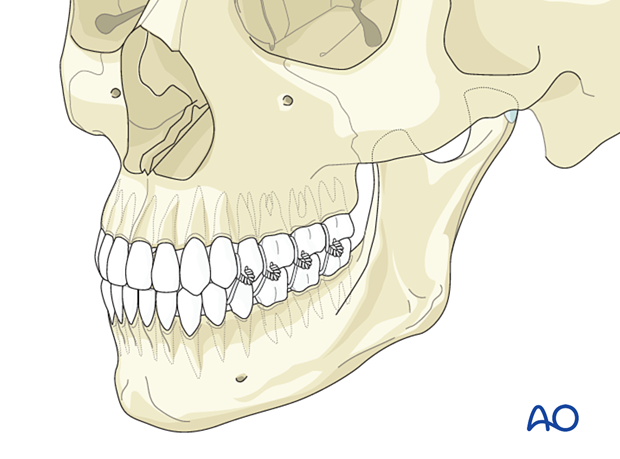
2. Protection from operator stick injuries
One pitfall when using arch bars is the risk of contamination of bloodborne infection from patients. Passing the wires to secure the arch bar can result in a puncture or tear in the surgeon's glove and the possibility of disease transmission to the surgeon.
Universal infection control shall be ensured for every patient, regardless of the disease status of the patient. Adequate protective barriers, as well as techniques, are essential to prevent prick accidents.
Adequate protective barriers
Use of double gloves. The lower number of perforations in the inner gloves demonstrate the effectiveness of double gloving.
Change of gloves
- When the outer glove is torn
- When you see wetting beneath the outer glove
- Many surgeons recommend a change of gloves every 120 mins
- Alternately, consider changing gloves after every arch
- Whenever possible, try to implement MMF in a surgical setting with an assistant
- Pay attention to sharps
- Try to exercise non-touch technique with wires, grasping the wires with wire twisters only and not touching them with fingers
- Loose ends should always be grasped at the tip as not to leave a wire tip "open."
- Cut wire pieces should be discarded into a sharps container
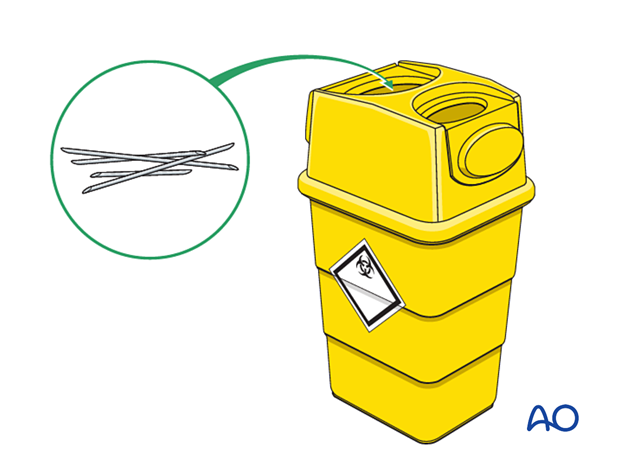
3. Application
A thicker gauge wire (eg, 0.64 mm) is passed through the maxillary and mandibular teeth' interdental space. A minimum of one wire on each side of the mandible should be used.
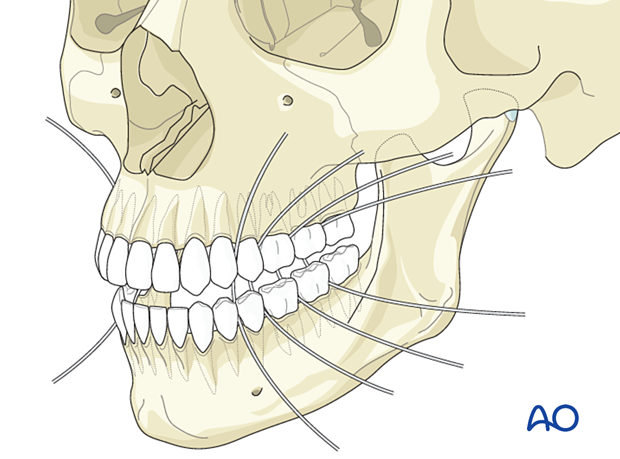
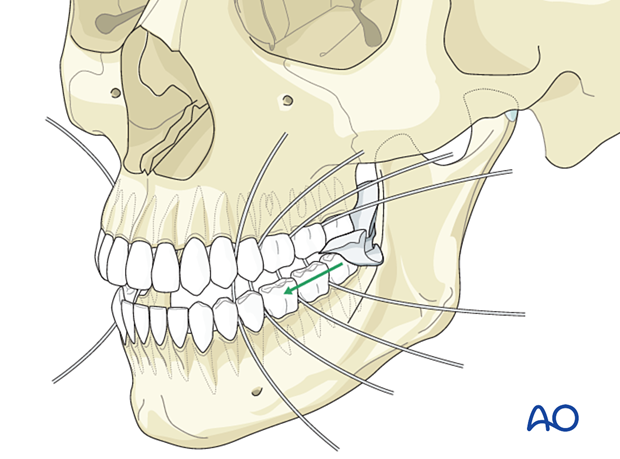
When all the wires are passed, they are tightened with the patient in occlusion.
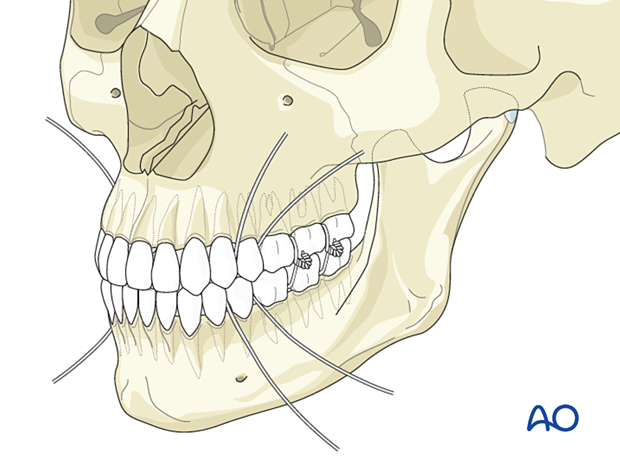
4. Removal
ORIF is then performed, and the wires are removed at the end of the case.
Due to the difficulty of removing these large wires, it is not recommended to leave them in postoperatively.













